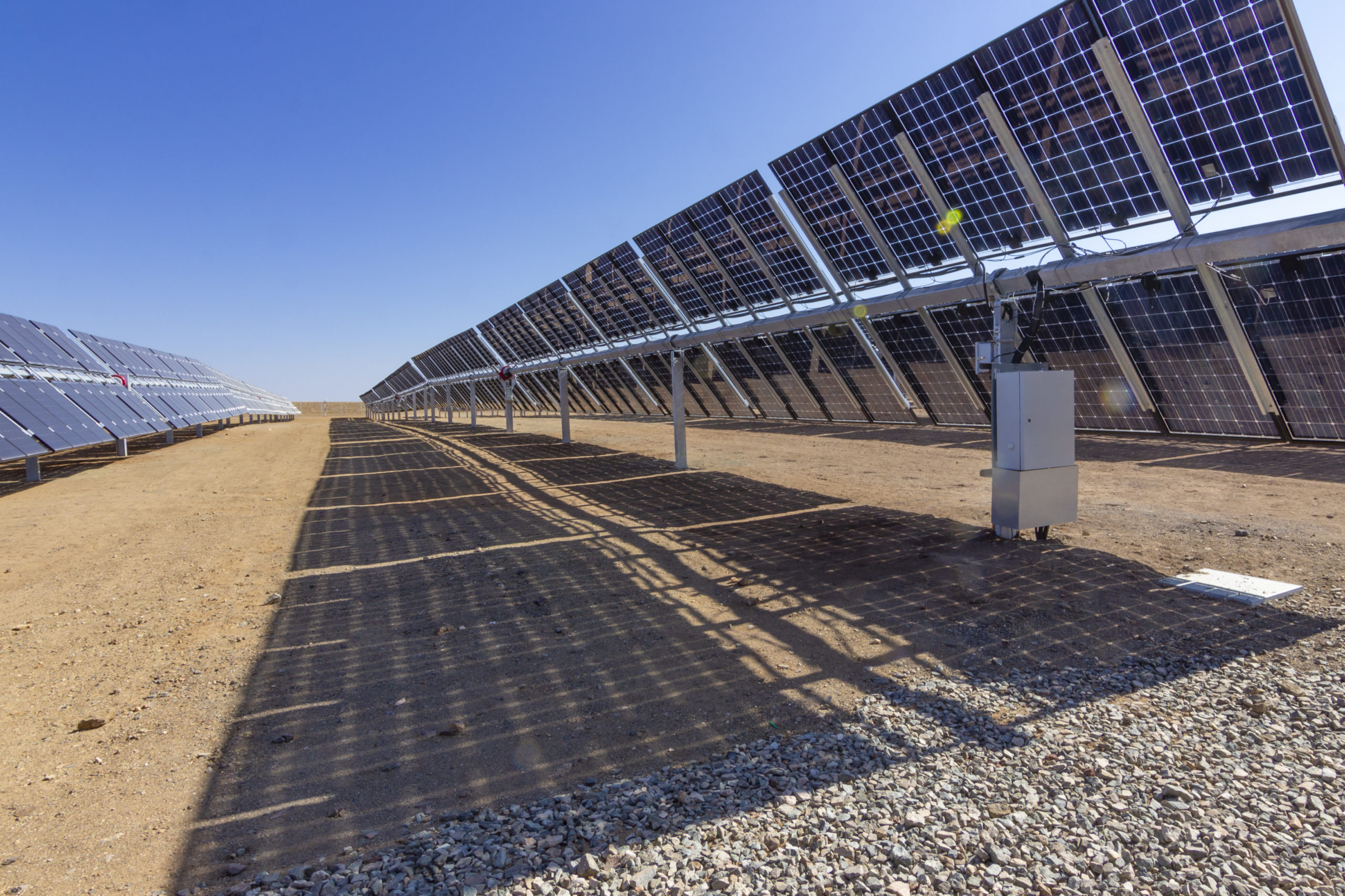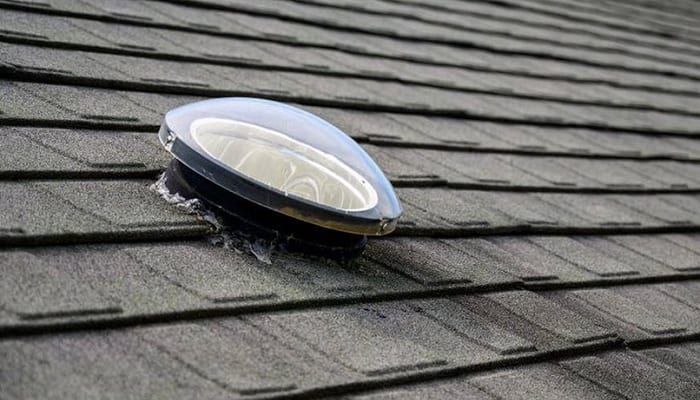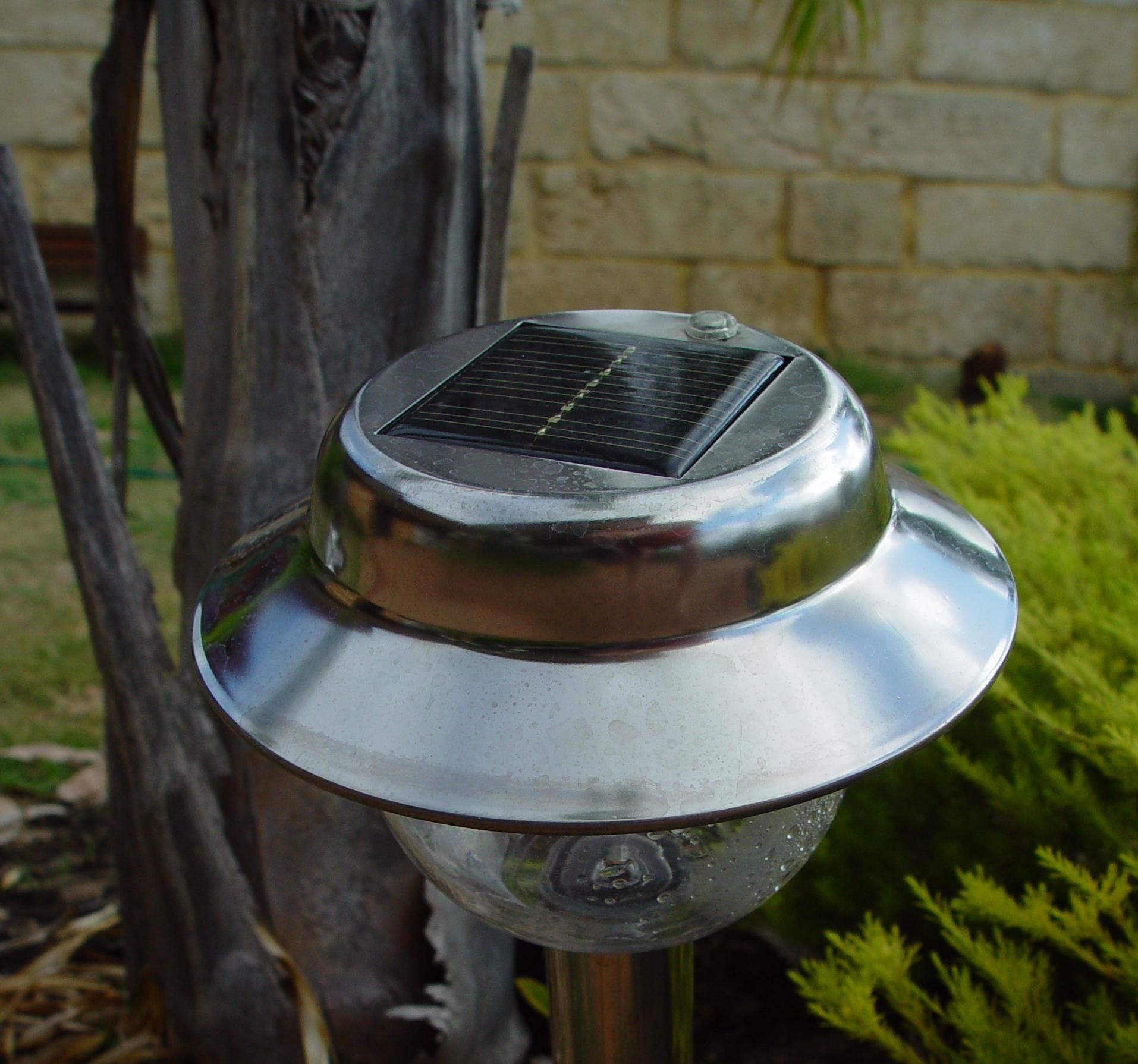If you’re looking for a more efficient and sustainable way to power your home, you may be considering solar panels. Solar panels come in all shapes and sizes, but one of the most recent innovations in this technology is bifacial solar panels. Bifacial solar panels are made with two layers of photovoltaic cells, which allows them to absorb sunlight from both the front and the back. This gives them a higher efficiency than traditional solar panels. In this article, we will discuss how bifacial solar panels compare to other styles of solar panels, and we will look at their pros and cons.
What are bifacial solar panels?
Bifacial solar panels are made with two layers of photovoltaic cells, which allows them to absorb sunlight from both the front and the back. This gives them a higher efficiency than traditional solar panels, like the ones used on solar benches. Additionally, bifacial solar panels are less likely to suffer from shading issues, because they can still generate power even if one of the layers is shaded.

How do bifacial solar panels work?
Bifacial solar panels work by absorbing sunlight from both the front and the back. The front layer of cells absorbs direct sunlight, while the back layer absorbs reflected sunlight. This allows the panel to generate more power than a traditional solar panel.
The working principle of bifacial solar panels is very simple. The bifacial solar panel is composed of two layers of photovoltaic cells. The upper layer is made of monocrystalline silicon or polycrystalline silicon, while the lower layer is made of amorphous silicon.
When sunlight hits the upper layer of photovoltaic cells, electrons are excited and generate electricity. At the same time, sunlight also passes through the lower layer of amorphous silicon, which generates electricity through the photovoltaic effect.
Bifacial solar panels are more efficient than traditional solar panels because they can capture more sunlight. The upper layer of photovoltaic cells can capture direct sunlight, while the lower layer of amorphous silicon can capture indirect sunlight. This means that bifacial solar panels can generate more electricity than traditional solar panels.

How do bifacial solar panels compare to other solar panels?
Bifacial panels are more advanced and effective than other solar panels. We will look at the different features of bifacial solar panels and compare them to those of conventional solar panels:
Shape
Bifacial solar panels are available in a variety of shapes and sizes. The most common shape is rectangular, but you can also find them in a variety of other shapes, including square, round, and hexagonal. Their wide range of shapes allows them to be used in a variety of applications, including roof-mounted and ground-mounted systems. Traditional solar panels are also available in a variety of shapes and sizes, but they are not as versatile as bifacial panels.
Styles
Bifacial solar panels are available in two main styles: monocrystalline and polycrystalline. Monocrystalline panels are made of a single crystal of silicon, while polycrystalline panels are made of multiple crystals of silicon. Both types of bifacial panels are more efficient than traditional solar panels.
Installation
Bifacial solar panels can be installed in a variety of ways. They can be mounted on the roof or ground, or they can be used in portable applications. Traditional solar panels can also be installed in a variety of ways, but they are not as versatile as bifacial panels.
Efficiency
When it comes to efficiency, bifacial solar panels are the clear winner. They are more efficient than traditional solar panels because they can capture more sunlight. The upper layer of photovoltaic cells can capture direct sunlight, while the lower layer of amorphous silicon can capture indirect sunlight. This means that bifacial solar panels can generate more electricity than traditional solar panels. A study by LONGi Solar indicated that bifacial can increase efficiency by about 11% when compared to a conventional solar panel system.
The Pros of Using Bifacial Solar Panels
Bifacial solar panels offer several advantages over conventional solar panel designs.
- First, they can capture sunlight from both the front and the back of the panel, increasing the amount of energy that can be generated.
- Second, bifacial solar panels are less likely to suffer from shading issues, as they can still generate power even if part of the panel is shaded.
- Third, bifacial solar panels can be used in a wider range of locations, as they can be mounted on roofs, walls, or the ground.
- Fourth, they are great if your space is limited. They offer more solar energy per square foot than any other type of solar panel.
- Since they are transparent and slim, they can be beautifully integrated into different architectural elements such as pergolas, canopies, and sun-breakers
- Finally, they are more durable because there are no exposed wires or glass. Both of their sides are UV-resistant.
The cons of using Bifacial solar panels
There are a few potential drawbacks to using bifacial solar panels as well.
- First, they are typically more expensive than other types of solar panels.
- Second, they often require a specialized mounting system, which can add to the installation cost.
How to Install Bifacial Solar Panels
Installing bifacial solar panels is a bit more difficult than traditional panels, but the process can be completed with some careful planning. First, you’ll need to find a sunny spot on your roof that gets at least six hours of direct sunlight per day. Once you’ve found the perfect spot, you’ll need to measure the area so you know how many panels you’ll need to purchase.
Next, you’ll need to install the racking system that will hold the panels in place. This part of the process is very important, as you’ll need to make sure the panels are secure and will not move around during strong winds or bad weather. After the racking system is installed, you can then place the panels on top of it and secure them into place.
The final step is to connect the panels to your home’s electrical system. This can be done by a professional, or if you’re feeling handy, you can do it yourself. Just be sure to follow all the instructions carefully so you don’t cause any damage to your home’s electrical system.
How much do bifacial solar panels cost?
Bifacial solar panels are more expensive than traditional panels, but the cost is quickly offset by the increased efficiency. Bifacial panels can produce up to 30% more electricity than traditional panels, so they’ll pay for themselves in no time. The cost difference between a monofacial and bifacial solar panel is around $0.01 to $0.05 per watt for large-scale projects. For residential projects, the cost is a bit higher at $0.20 per watt.
So, are the bifacial solar panels worth it?
For the most part, yes. They are certainly more expensive than your average solar panel, but they make up for it in terms of efficiency.
They are also less likely to suffer from shading issues, as they can absorb light from both the front and the back. If you have limited space, they are also great since you can place them closer together without worrying about shading.
Final Thoughts
All in all, bifacial solar panels are a great option for those looking to increase their solar panel efficiency. While they may be more expensive than traditional solar panels, they make up for it in their increased efficiency.



